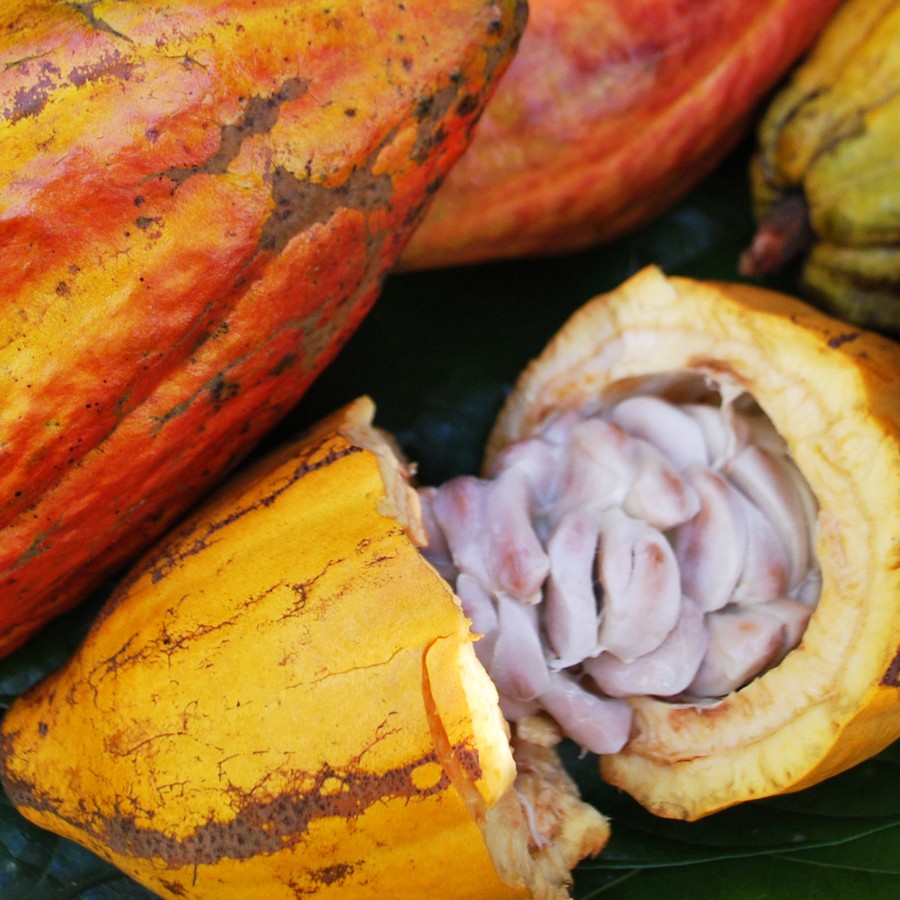Published:
The chocolate industry is getting stirred up by the innovation of Swiss scientist Kim Mishra and his team at Zurich’s Federal Institute of Technology. Switzerland, which has been producing chocolate since the nineteenth century, has seen continuous developments both in the way that chocolate is produced and consumed as new machinery and techniques are developed.
Originally, chocolate was primarily produced in the form of a thick and bitter beverage. One of the most significant turning points for the chocolate industry, however, was the invention of milk chocolate in 1845. Not only did it taste better, but it also cut down production costs, making it more accessible to the masses. Mirshra’s innovation can potentially have just as drastic of an effect.
Historically, chocolate has been made using only the beans of a cacao fruit, leaving the rest of the fruit to rot, a process that is neither economical nor sustainable. However, Mishra's new approach to production involves using all parts of the cacao. By distilling the juice into a syrup, combining it with the pulp, and mixing in the dried husks, scientists are able to make a sweet cacao gel that is added to the cocoa beans. While the method is still in the testing stages, and many steps need to be taken to adjust the value chain- such as adding drying facilities to cocoa farms- before it can be commercialized, its market potential is looking extremely prosperous. Not only does this innovation bring in more money to Swiss farmers, but it also benefits Switzerland's economy because the industrialization that comes with it creates more jobs.
While some chocolate-producing countries, such as Switzerland, have the funds to invest in this innovation, not all nations are in the same position. Despite the booming demand for chocolate, many farmers in top-producing countries have been in poverty for decades. The poor economic states of these countries have resulted in a cyclical problem in which they don’t have the funds to invest to fix the challenges they are facing, and their conditions worsen.
For example, the majority of farmers in the top two chocolate-producing countries in the world, Ghana and Cote d’Ivoire, struggle to make ends meet. Some of the challenges contributing to this include a poor water system and inability to purchase the fertilizers and pesticides necessary for prosperous growth or to make long-term investments, such as planting new cacao trees. While governments have attempted to combat these struggles, their policies have resulted in more harm than good. The Cote d’Ivoire-Ghana Cocoa Initiative enabled the government to enact price floors; this legislation has the potential to reap great benefits if world prices are low but results in detrimental effects when world prices are high, which, unfortunately, is the current state of affairs. The daily price of cocoa beans, which has been more or less stable for the past couple of decades, has skyrocketed by almost 400% from 2023-2024.
Environmental and health proponents of the Swiss chocolate innovation will likely only continue to perpetuate the trend of rising prices. Utilizing all of the parts of the fruit allows for the elimination of added graduated sugar as a sweetener and adds other health benefits, such as more fiber and fewer fatty acids. The first company to commercialize this method will create greater competition between companies with health-conscious buyers as their target market, such as Ferrero International, Nestle, and Mondelez International, Inc. The zero-waste production method also benefits the environment, as it lessens the amount of greenhouse gasses emitted from farming. It is likely that when this new product breaks into the market, it will do so through high-end food retailers and health-focused food stores, causing the global price of chocolate to rise even more.
Overall, these Swiss innovations in chocolate production promise to revolutionize the industry with sustainability and health benefits; however, they simultaneously risk exacerbating economic disparities by driving up global prices and deepening the financial challenges faced by key cocoa-producing nations.
File under






